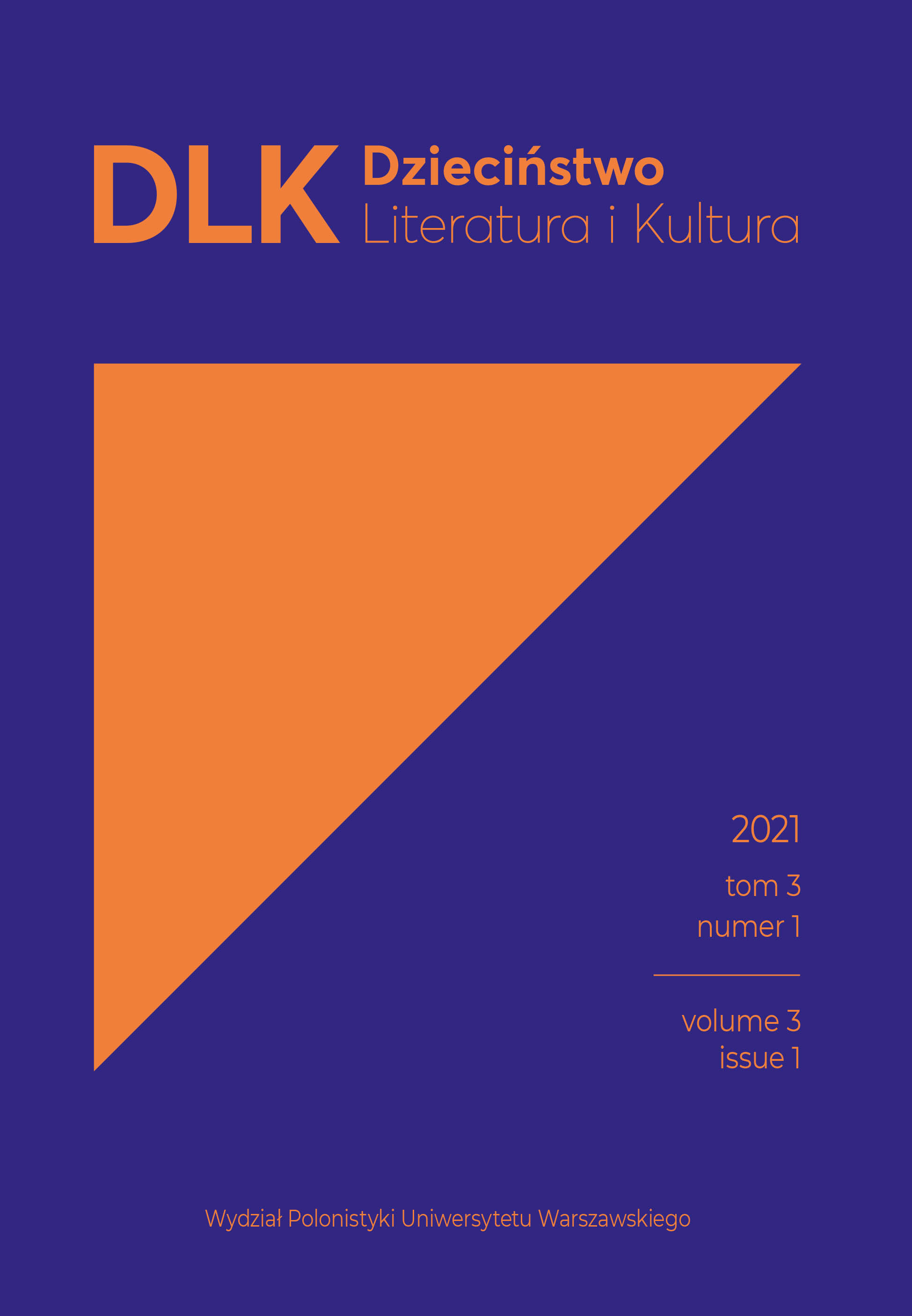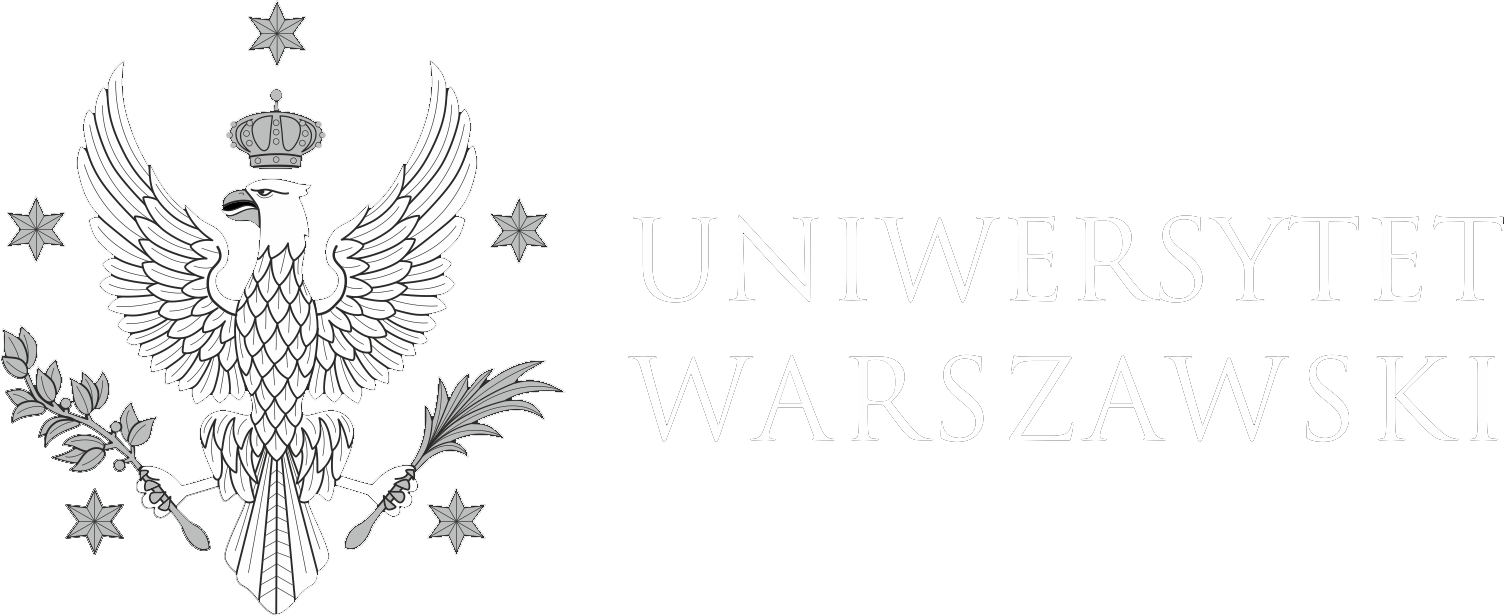“We’ll See Who Knits the Fastest”: Female Emotionality and Embodied Knowledge in Annemarie van Haeringen’s Dutch Picturebook Sneeuwwitje breit een monster and Its American Translation
Abstract
The belief that women are more emotional than men and less able to control the influence of their emotions on their thoughts and behaviours is one of the strongest gender stereotypes in Western cultures. While gender representation in children’s books has been studied since the 1970s and has led to numerous books that challenge gender stereotypes, the notion of women as emotionally irrational persists – even in picturebooks that rewrite or circumvent other gender-stereotypical elements. Drawing on feminist (fairy-tale) studies, translation studies, cognitive theory, and picturebook studies, the author of this article seeks to examine how verbal and visual choices in the Dutch picturebook Sneeuwwitje breit een monster [Snow White Knits a Monster] by Annemarie van Haeringen (2014) and its American translation, How to Knit a Monster (2018), can reinforce or challenge the Western stereotype of women as emotionally unstable and lacking control. The author’s comparative multimodal analysis reveals that visual split depictions and dramatic irony in the selected case studies uphold the harmful association of women with emotional irrationality and ignorance. In contrast, word-image interactions that allow for ambiguity and that suggest the main character’s use of embodied knowledge offer a potential challenge to these connotations.
Keywords
Annemarie van Haeringen; gender; emotions; feminist theory; multimodal analysis; picturebooks; translation
Supporting Agencies
This publication is part of the project “From Silent Containment to Empowering Rage: Gendered Constructions of Anger Expression and Diversion in Contemporary Picturebooks” (project number PGW.20.003), conducted within the research programme PhDs in the Humanities, funded by the Dutch Research Council (NWO).
References
Ahmed, S. (2014). The cultural politics of emotion (2nd ed.). Edinburgh University Press.
Alvstad, C. (2018). Children’s literature. In K. Washbourne & B. Van Wyke (Eds.), The Routledge handbook of literary translation (pp. 159–180). Routledge.
Birnbaum, D. W. (1983). Preschoolers’ stereotypes about sex differences in emotionality: A reaffirmation. The Journal of Genetic Psychology, 143(1), 139–140. https://doi.org/10.1080/00221325.1983.10533542.
Birnbaum, D. W., & Chemelski, B. E. (1984). Preschoolers’ inferences about gender and emotion: The mediation of emotionality stereotypes. Sex Roles, 10(7–8), 505–511. https://doi.org/10.1007/BF00287259.
Boler, M. (1999). Feeling power: Emotions and education. Routledge.
Borst, R. (2022). Straightening agentic women: The “willful” princess in contemporary fairy-tale picturebooks. Marvels and Tales, 36(2), 219–241. https://doi.org/10.1353/mat.2022.0004.
Brescoll, V. L. (2016). Leading with their hearts? How gender stereotypes of emotion lead to biased evaluations of female leaders. Leadership Quarterly, 27(3), 415–428. https://doi.org/10.1016/j.leaqua.2016.02.005.
Cherry, M. (2018). The errors and limitations of our “anger-evaluating” ways. In M. Cherry & O. Flanagan (Eds.), The moral psychology of anger (pp. 49–65). Rowman and Littlefield.
Coats, K. (2018). Gender in picturebooks. In B. Kümmerling-Meibauer (Ed.), The Routledge companion to picturebooks (pp. 119–127). Routledge.
Coats, K. (2019). Visual conceptual metaphors in picturebooks: Implications for social justice. Children’s Literature Association Quarterly, 44(4), 364–380. https://doi.org/10.1353/chq.2019.0045.
Cross, J. (2011). Humor in contemporary junior literature. Routledge.
Greer, B. (2008). Knitting for good: A guide to creating personal, social & political change, stitch by stitch. Trumpeter.
Gressnich, E. (2012). Verbal and visual pageturners in picturebooks. International Research in Children’s Literature, 5(2), 167–183. https://doi.org/10.3366/ircl.2012.0061.
Grosz, E. (1993). Bodies and knowledges: Feminism and the crisis of reason. In L. Alcoff & E. Potter (Eds.), Feminist epistemologies (pp. 187–215). Routledge.
Haeringen, van A. (2014). Sneeuwwitje breit een monster. Leopold.
Haeringen, van A. (2018). How to knit a monster (n.t.). Clarion. (Original work published 2014).
Hamilton, M. C., Anderson, D., Broaddus, M., & Young, K. (2006). Gender stereotyping and under-representation of female characters in 200 popular children’s picture books: A twenty-first century update. Sex Roles, 55(11–12), 757–765. https://doi.org/10.1007/s11199-006-9128-6.
Janks, H. (2010). Literacy and power. Routledge.
Jones, S. (2022). Knitting and everyday meaning-making. Textile, 1–13. https://doi.org/10.1080/14759756.2022.2092967.
Jones, S. (2024). Making time: Knitting as temporal-material entanglement. Journal of
Material Culture, 29(1), 82–101. https://doi.org/10.1177/13591835231206231.
Joosen, V. (2011). Critical and creative perspectives on fairy tales: An intertextual dialogue between fairy-tale scholarship and postmodern retellings. Wayne State University Press.
Joosen, V. (2018). Picturebooks as adaptations of fairy tales. In B. Kümmerling-Meibauer (Ed.), The Routledge companion to picturebooks (pp. 473–484). Routledge.
Lakoff, G. (1987). Case study 1: Anger. In Women, fire, and dangerous things: What categories reveal about the mind (pp. 380–415). The University of Chicago Press.
Mar, R. A., & Oatley, K. (2008). The function of fiction is the abstraction and simulation of social experience. Perspectives on Psychological Science, 3(3), 173–192. https://doi.org/10.1111/j.1745-6924.2008.00073.x.
McBrinn, J. (2021). Queering the subversive stitch: Men and the culture of needlework. Bloomsbury.
Moya Guijarro, A. J. (2014). A multimodal analysis of picture books for children: A systemic
functional approach. Equinox.
Nikolajeva, M. (2005). Aesthetic approaches to children’s literature: An introduction.
Scarecrow.
Nikolajeva, M. (2018). Emotions in picturebooks. In B. Kümmerling-Meibauer (Ed.), The Routledge companion to picturebooks (pp. 110–118). Routledge.
O’Sullivan, E. (2005). Comparative children’s literature (A. Bell, Trans.). In Comparative children’s literature. Routledge. https://doi.org/10.4324/9780203508664.
Painter, C., Martin, J. R., & Unsworth, L. (2013). Reading visual narratives: Image
analysis of children’s picture books. Equinox.
Parmley, M., & Cunningham, J. G. (2008). Children’s gender-emotion stereotypes in the relationship of anger to sadness and fear. Sex Roles, 58(5–6), 358–370. https://doi.org/10.1007/s11199-007-9335-9.
Paul, L. (2004). Feminism Revisited. In P. Hunt (Ed.), International companion encyclopedia
of children’s literature (2nd. ed., pp. 140–153). Routledge.
Riley, J., Corkhill, B., & Morris, C. (2013). The benefits of knitting for personal and social wellbeing in adulthood: Findings from an international survey. British Journal of Occupational Therapy, 76(2), 50–57. https://doi.org/10.4276/030802213X13603244419077.
Shields, S. A. (2002). Speaking from the heart: Gender and the social meaning of emotion. Cambridge University Press.
Steed, J. (2016). Hand knitting in a digital era. In N. Nimkulrat, F. Kane, & K. Walton (Eds.), Crafting textiles in the digital age (pp. 139–152). Bloomsbury.
Tanaka, S. (2011). The notion of embodied knowledge. In P. Stenner, J. Cromby, J. Motzkau, J. Yen, & Y. Haosheng (Eds.), Theoretical psychology: Global transformations and challenges (pp. 149–157). Captus.
Weitzman, L. J., Eifler, D., Hokada, E., & Ross, C. (1972). Sex-role socialization in picture books for preschool children. American Journal of Sociology, 77(6), 1125–1150.
Widen, S. C., & Russell, J. A. (2002). Gender and preschoolers’ perception of emotion. Merrill-Palmer Quarterly, 48(3). https://doi.org/10.1353/mpq.2002.0013.
Tilburg University Netherlands
https://orcid.org/0000-0002-6732-2202
|
Rosalyn Borst – MA, prepares a doctoral dissertation at Tilburg University (the Netherlands) on gendered constructions of anger in contemporary picturebooks. Her research interests include feminist theory, cognitive approaches to children’s literature, multimodal analysis, picturebooks, and fairy-tale adaptations. Contact: r.e.borst@tilburguniversity.edu. |

This work is licensed under a Creative Commons Attribution 4.0 International License.
Open Access Policy
All articles presented on the pages of ”Dzieciństwo. Literatura i Kultura” are published in open access under a Creative Commons license - Attribution 4.0 International (CC BY 4.0). It means that:
- they can be made available and quoted under the condition of explicit and clear indication of the author/authors of the referenced text;
- you cannot use legal or technological means that would limit others in using the text under the terms of the license.
More information: https://creativecommons.org/licenses/by/4.0/





